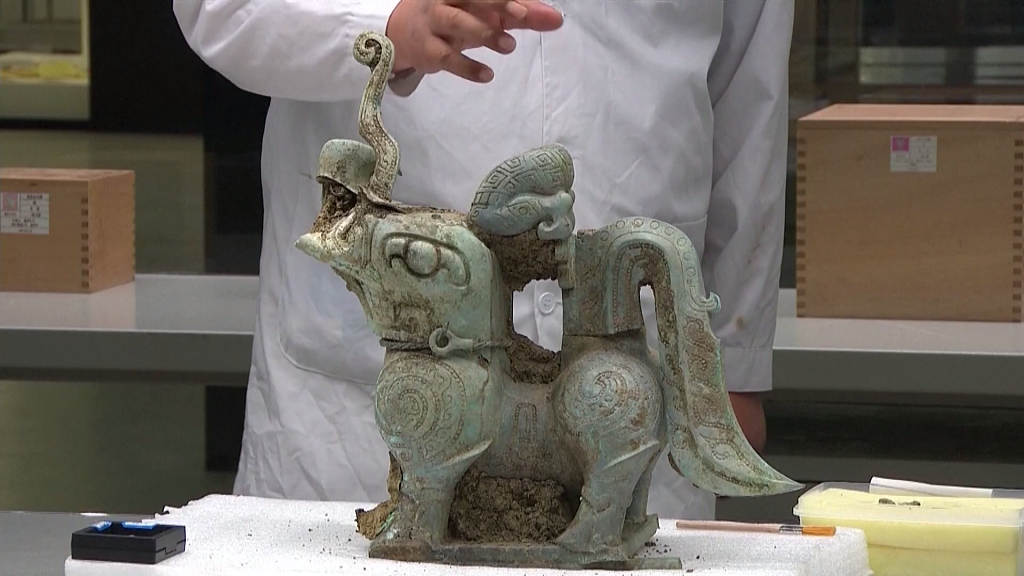China Quick Take recaps 6 stories from the past week that you may have missed.
00:59

Record heatwave
This summer's heatwave has been the most severe since meteorological observations began in 1961, according to weather experts.
The heatwave started on June 13 with 262 weather stations recording extreme high temperature, exceeding that of 187 stations in 2013.
COVID-19 pill

Antiviral pills have shown strong efficacy against the virus /VCG
Antiviral pills have shown strong efficacy against the virus /VCG
Chinese regulators have approved the country's first oral treatment for COVID-19. The anti-viral Azvudine tablets are produced by Genuine Biotech.
Birth rate boost
The government issued new guidelines to address a downward trend in birth and fertility rates.
The guidance targets several areas with the goal of making them more family friendly. These include marriage, maternity services, child support, education, housing, employment and healthcare. China last year revised its law on population and family planning with the three-child policy.
Sanxingdui treasure
The bronze age sacrificial pits of Sanxingdui have yielded yet more treasure. Archaeologists uncovered a hollow dragon with a snout like a pig as well as another mythical creature with four wings and a mouth full of sharp teeth. The site dates back more than 2,000 years but little is known about its exact purpose.

The four-winged creature is unusual as it is depicted with sharp teeth /VCG
The four-winged creature is unusual as it is depicted with sharp teeth /VCG
Science target
At least 15 percent of the population will be scientifically literate by 2025 under a new target.
The goal is to ensure both an understanding and ability to apply basic scientific principles. In 2020, 10.6 percent of Chinese were assessed as meeting the standard.
Computer network expands
A new container-style computing facility has been added to China's network. The equipment, in Wuhan will initially offer 50 petaflops of computing power, equivalent to 100,000 high-performance computers. That is subsequently expected to increase four fold.
The computer network allows users to harness supercomputer performance remotely and is especially important to science projects and artificial intelligence which create large processing loads.
The Wuhan facility is the largest to be added so far and is part of a bid to widen the network outside the east of the country.

